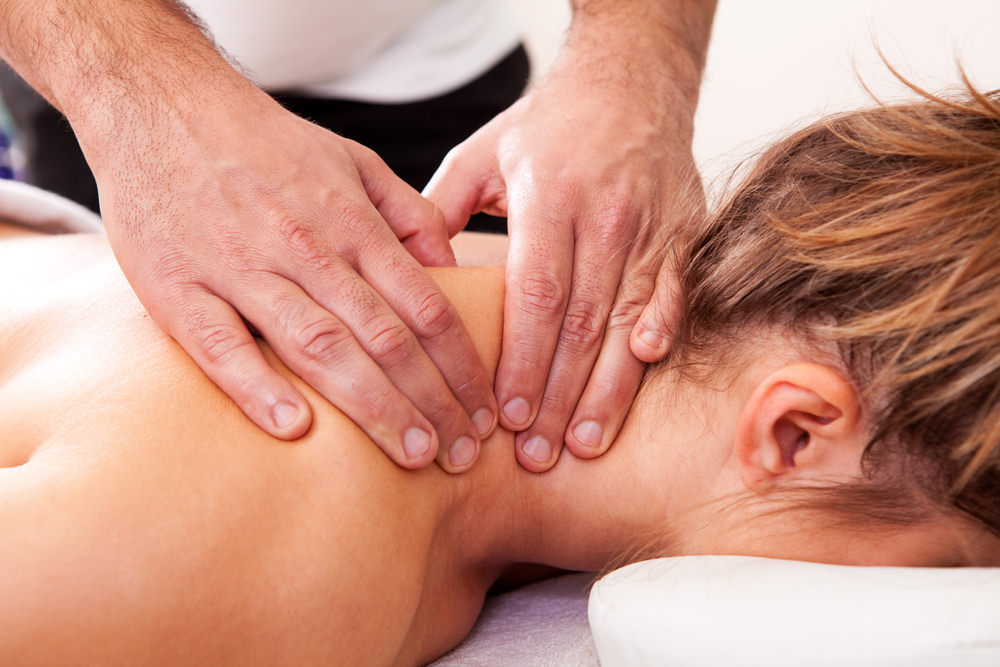Whether you are someone who has ongoing neck pain and recurrent headaches or the occasional tight neck, it’s never fun. It can really ruin your day and they often prove to be stubborn. There are usually a number of factors that contribute to neck pain and headaches, and to make the biggest difference we need to address all of the ones that apply to you. In this context I am talking about headaches driven by neck structures (cervicogenic headaches) – different types of headaches (e.g. migraines) will often require a different approach.
Cervicogenic headaches are caused by structures in your neck. For example tight muscles or stiff joints. These structures cause a referred pain that we experience in our head – sometimes in the temple, or behind the eye, other times the base of the skull. If there are stiff/tight structures on one side of your neck, then your headache will likely be one-sided (or unilateral). If there are stiff/tight structures on both sides of your neck, then your headache will likely be on both sides of your head (or bilateral). People describe their headaches as having varying qualities – throbbing, pulsing, pressure, ache.

Below are, in my experience, the most common modifiable factors when it comes to neck pain and cervicogenic headaches.
Stiffness in your thoracic spine (mid back)
If this area is lacking mobility, your neck will suffer. With a lot of us working with computers / phones for a large portion of the day, our mid back isn’t moving as much as it would ideally like. This will result in increased stress/strain through your neck – if the structures below it aren’t contributing as much as they should to movement, the neck is going to be restricted but also try to compensate.
Posture at work / home
If you’re constantly turning on an angle because of your screen positioning, looking down because you’re using a laptop that isn’t raised, or other minor things – they will add up over time. Optimising your workspace (or any space where you spend a lot of time in one position) can help. I’m a fan of mixing it up – spend some time sitting, some time standing, go for a wander if you’re on the phone through a headset and don’t need to be at your screen etc
Anxiety / jaw clenching
When you clench your jaw or grind your teeth the muscles around your jaw and the front of your neck become tight. Tight muscles are usually unhappy and sore muscles. Not only can this cause neck pain, headaches, and facial pain – but if you’re a consistent grinder it’s no good for your teeth either!
How you breathe
We are designed to breath mostly using our diaphragm (belly breathing), with our ribs helping out. I see a lot of people in physio sessions who breathe mostly up at their chest, and less with their belly and lower ribs. When you are a predominantly apical breather (chest breather), your accessory muscles around your neck try to help out – and they aren’t designed to do the heavy lifting! This results in tight and overworked neck muscles.
Lack of strength
Our muscles are designed to work hard, through their whole range. These days we tend to work them in one position most of the day (assuming you’re an office worker!). Ideally we should be doing a variety of activities to work our muscles in different ways, and to keep them strong. When they are weak they often struggle with our day to day demands, causing tightness and pain. In terms of neck pain and cervicogenic headaches, strength of the muscles around the shoulders, upper back, and neck are most relevant.
What we (physios) often do or recommend to help reduce pain
- Manual therapy, which might include massage, joint mobilisations, acupuncture or dry needling
- Develop a mobility and strengthening programme that you can do at home/work/gym specific to you
- Lifestyle advice – how to tweak your day-to-day to help improve your symptoms
- Regular treatment – for those with long term pain you may require ongoing sessions to help with keeping on top of your symptoms; these might be fortnightly, monthly, or whatever interval suits you
- Heat or ice therapy – often heat packs are preferred, but you should use whichever helps to soothe your symptoms best
- Sleep well – if you are not comfortable when you sleep, you may need to consider changing your bed or pillow
- Refer you to your GP or specialist if we believe you might benefit from help with pain relief options or further investigation
Hopefully this gives you an idea of what can contribute to neck pain and headaches and what the road to recovery might look like. The best way to figure out what’s going on with your neck and get on the right recovery plan is to see your friendly Unity Studios physio.
Book a Physio arrow_forward

